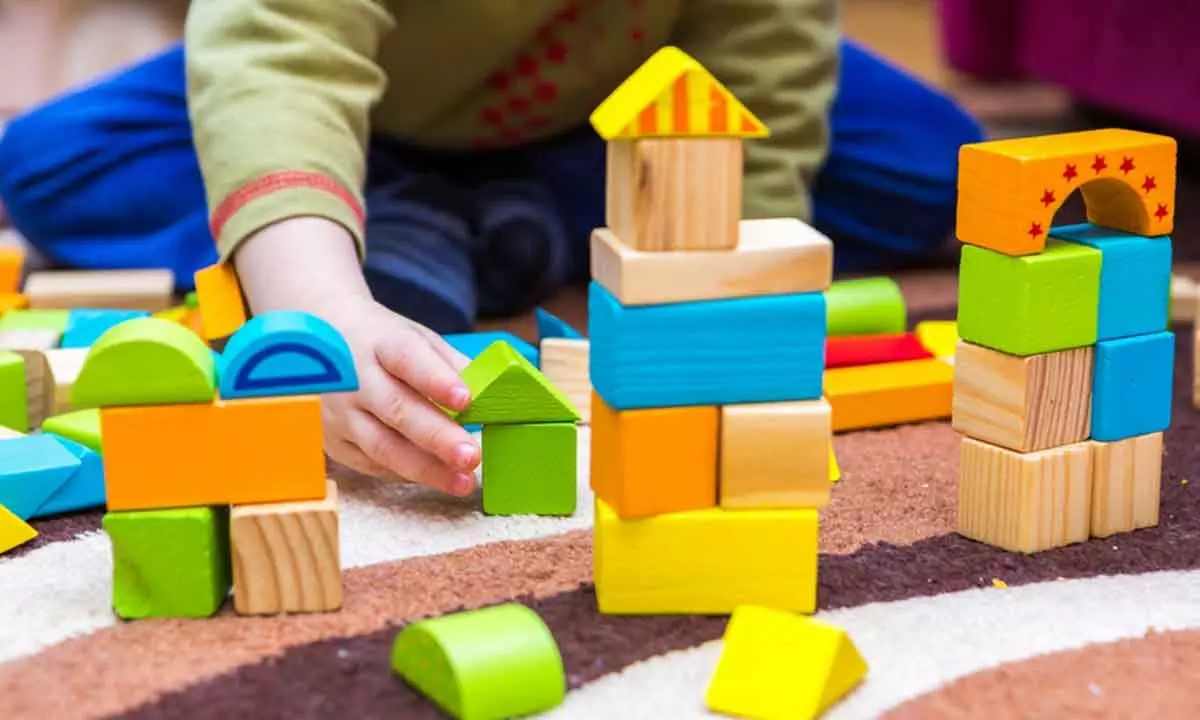Spatial thinking helps children learn Maths

These everyday activities require spatial thinking. Spatial thinking is important for mathematics, and it is what we use to understand the properties of objects, such as their location, size and shape, as well as the relationship between objects
These everyday activities require spatial thinking. Spatial thinking is important for mathematics, and it is what we use to understand the properties of objects, such as their location, size and shape, as well as the relationship between objects. When we manipulate objects in our mind's eye – such as visualising how to rearrange our living room – we are using spatial abilities. When we navigate our way home from a trip out, we are using spatial abilities.
People who have strong spatial skills are more likely to be interested in science, technology, engineering and maths (Stem) and to choose Stem degrees and Stem careers. This association is unsurprising when you think about the skills required for Stem: using graphs to visualise patterns of data in maths, understanding the scale of a diagram of the solar system, or using the spatial layout of the periodic table to understand chemical relationships.
Nevertheless, spatial thinking is given little emphasis within the English national curriculum. It has recently been de-prioritised as an "early learning goal" for young children. Lacking maths skills Prime Minister Rishi Sunak recently announced his ambition for all children to continue with maths education to age 18, citing the need for maths skills in the workforce. And it does seem that these skills are lacking.



















